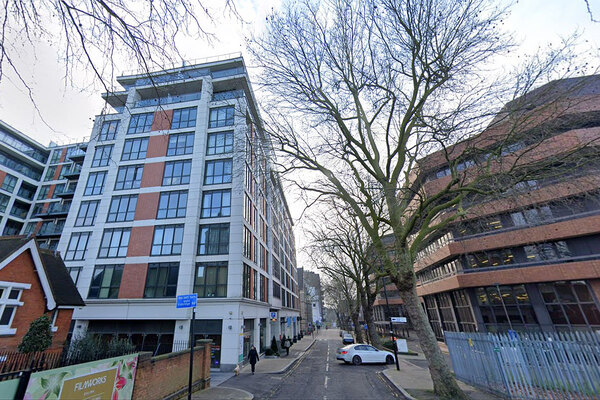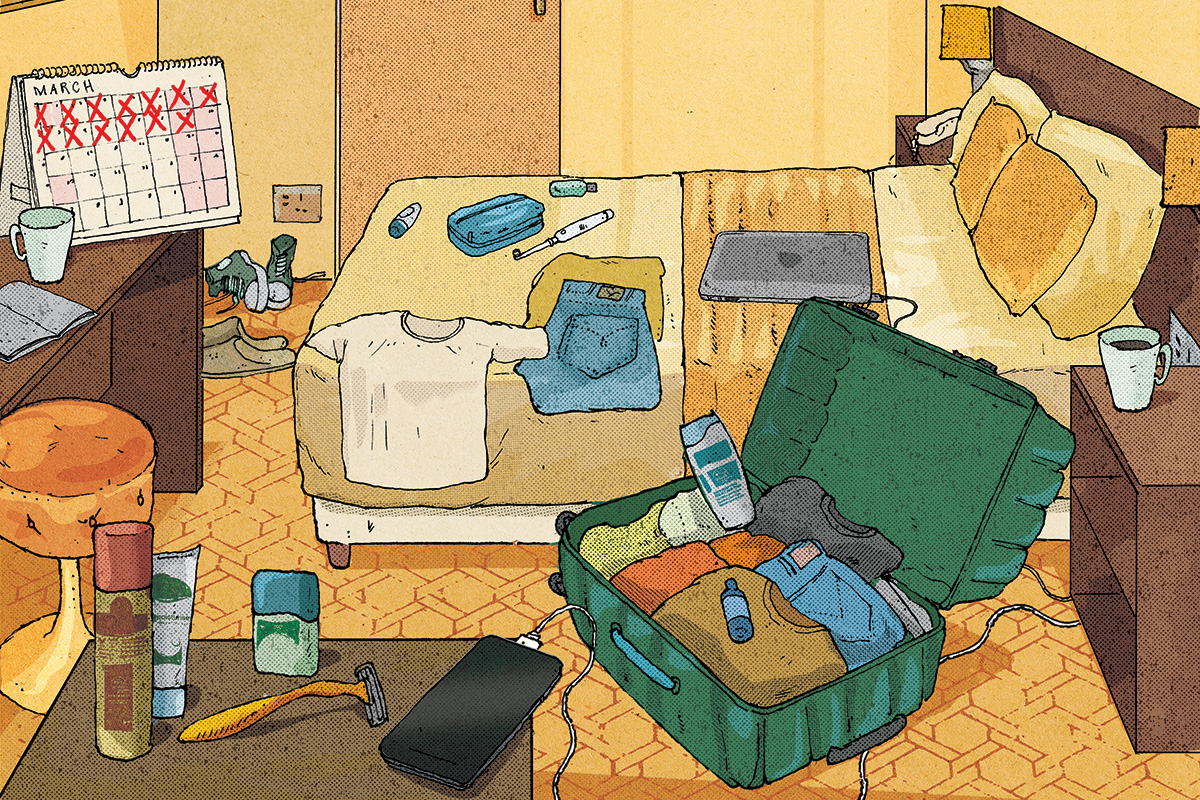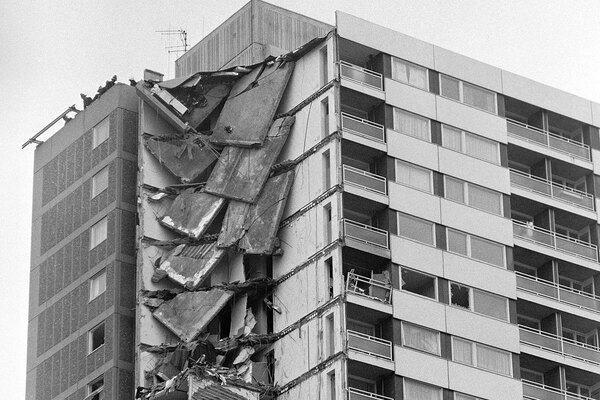Understanding the snagging guidance in the New Homes Quality Code
A growing number of social housing providers are signing up to the New Homes Quality Code. They now need to understand and meet new guidance on snagging, say Ruth Barnes and Laura Stephens of Winckworth Sherwood

The New Homes Quality Board has published the first of a series of insights and guidance on snagging. It follows its research in 2023 which suggested that homebuyers have a limited understanding of snagging and the process in which snags are resolved.
The New Homes Quality Code applies only to registered providers that have signed up to it and where they carry out or procure development work.
Currently, the code is not tenure blind, applying only to open market sales and not to shared ownership.
The guidance states that developers are expected to resolve snags and defects in new homes before completion. If they cannot resolve snags before completion, they must be addressed within an agreed timescale as part of a post-sale service to be made available to buyers for a two-year post-completion window.
The guidance sets out five recommendations:
-
Homes should be fully quality checked by someone not directly involved in the construction of the home
-
Information about the snagging process, what snags are and how they will be fixed, should be provided to buyers early in the sale
-
Information should be provided to buyers about how to report problems, which should include details of methods of contacting the developer eg in person, over the phone, via email or an app
-
Defects should be resolved within 30 days, and any potential delays should be explained in advance to buyers with details of next steps
-
Buyers should be informed that they can refer any unresolved complaints to the New Homes Ombudsman Service
When a snag occurs, social housing providers should follow the recommended six-step resolution process:
-
Identify – ideally find snags before completion, but recognise snags may be found by buyers or snagging companies
-
Report – provide clear ways for buyers to report snags
-
Acknowledge – no matter how reported, developers should immediately acknowledge the issue
-
Inform – within two days, developers should clearly explain what will happen next and when the snag will be addressed
-
Fix – the snag should be fixed as quickly as possible. If there is likely to be a delay, explain why and when it will be fixed
-
Follow-up – once a snag has been fixed, developers are encouraged to follow-up and check that everything is OK
The standardisation of the snagging process alongside prescribed inspection forms will be welcomed by social housing developers and buyers, with snagging requests seen as sensible and reasonable. There remains, however, a considerable education process with buyers that will rest with social housing providers.
Social housing providers will also need to invest in robust systems that are able to deal with snagging issues as they are raised for up to two years post-completion. Currently, they are unlikely to hold that information in easily accessible databases – this might cause problems.
Also, it is not unreasonable to expect the code to be extended to shared ownership buyers at some point in the near future.
As with all new codes of practice, there will undoubtedly be hiccups and challenges as they bed down. Clear communication with buyers will, as always, remain critical.
Sign up for our regulation and legal newsletter
Already have an account? Click here to manage your newsletters











